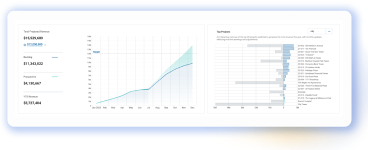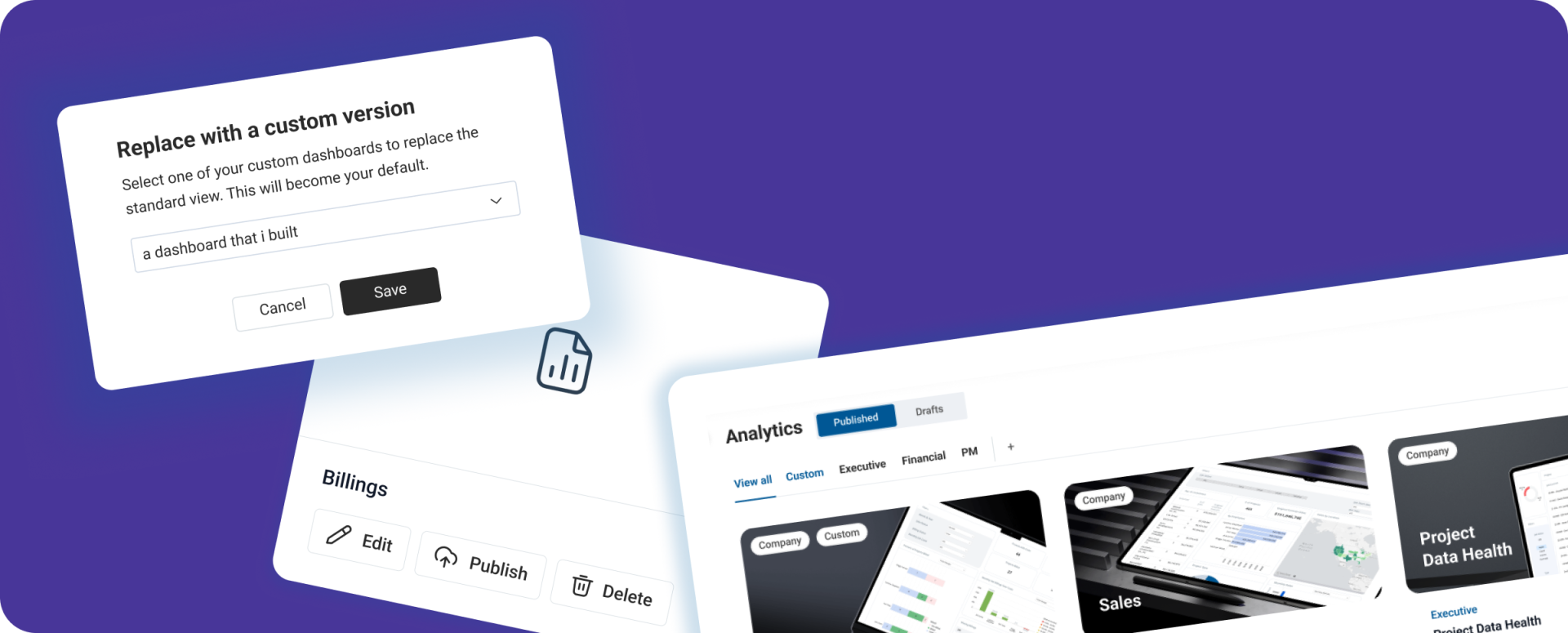As a construction project manager, you’re no stranger to juggling tight schedules, budgets, and teams. Amid this complexity, data is your most powerful tool for making informed decisions, spotting issues before they escalate, and driving project success. But raw numbers aren’t enough—data storytelling bridges the gap between data and action, helping you turn insights into impact.
This three-part blog series will explore how project managers can harness data storytelling to uncover insights that lead to cost savings, drive decisions, and foster collaboration.
We will start this series by discussing how every project tells a story and why data clarifies it. Your projects are ever-changing narratives, from the initial bid to the final delivery. Data storytelling allows you to uncover the patterns and insights behind the numbers, whether it’s pinpointing why schedules are slipping or tracking cash flow for better forecasting. With the right story, you can make your data resonate with stakeholders, inspire your team, and drive smarter decisions on-site and off.





